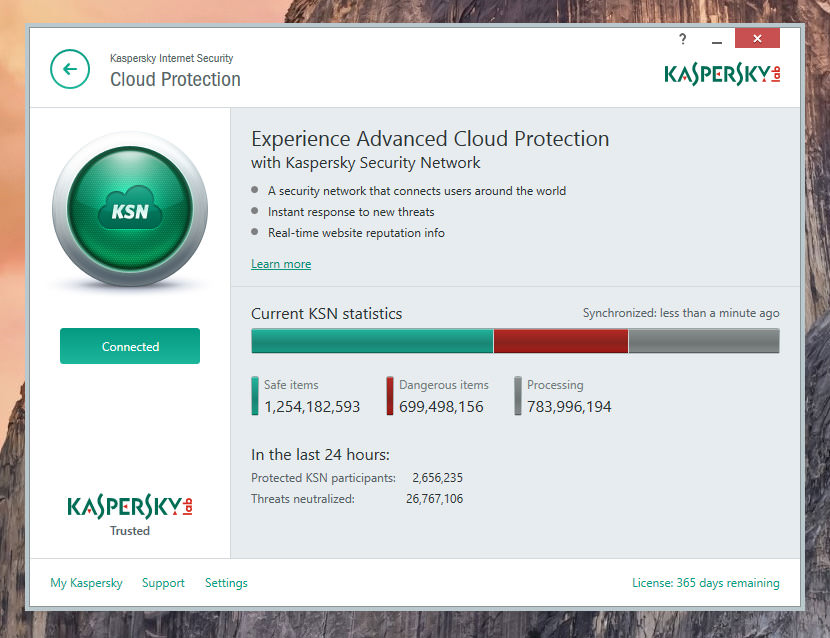

Victims received the message, which included a malicious attachment, and exploitation would begin whether victims opened the message and inspected the attachment or not. Kaspersky says the attack chain utilized “zero-click” exploitation to compromise targets’ devices by simply sending a specially crafted message to victims over Apple’s iMessage service. The campaign, which the researchers call Operation Triangulation and say is “ongoing,” appears to date back to 2019 and utilized multiple vulnerabilities in Apple’s iOS mobile operating system to let attackers take control of victim devices. In a report published today, Kaspersky said that at the beginning of the year, it detected targeted attacks against a group of iPhones after analyzing the company’s own corporate network traffic. Now it’s exposing a stealthy new intrusion campaign where Kaspersky itself was a target. Note: If you rejected participation in Kaspersky Security Network when installing Kaspersky Internet Security on the computer, the application does not show the Kaspersky Security Network Statement window.The Moscow-based cybersecurity firm Kaspersky has made headlines for years by exposing sophisticated hacking by Russian and Western state-sponsored cyberspies alike. To opt out of participating in Kaspersky Security Network, click the Cancel button in the Kaspersky Security Network Statement window. In the Kaspersky Security Network Statement window that opens, click the Accept button. If you accepted the terms of participation in Kaspersky Security Network when installing Kaspersky Internet Security on the computer, the application prompts you to confirm your participation in Kaspersky Security Network.In the Licensing window, enter the Kaspersky Small Office Security activation code.In this case, contact the software vendor that supplied you with this activation code.Īctivate the application using a Kaspersky Small Office Security activation code If activation code verification fails, a corresponding notification is displayed. Note: Depending on the activation code that you have received, you may need to fill out a registration form or register on the My Kaspersky portal. If activation code verification is successful, the application automatically receives and adds the key. Kaspersky Internet Security connects to Kaspersky Lab activation servers and sends the activation code to verify its authenticity. Note: An activation code is a unique combination of twenty Latin letters and numbers in the form xxxxx-xxxxx-xxxxx-ххххх.




 0 kommentar(er)
0 kommentar(er)
